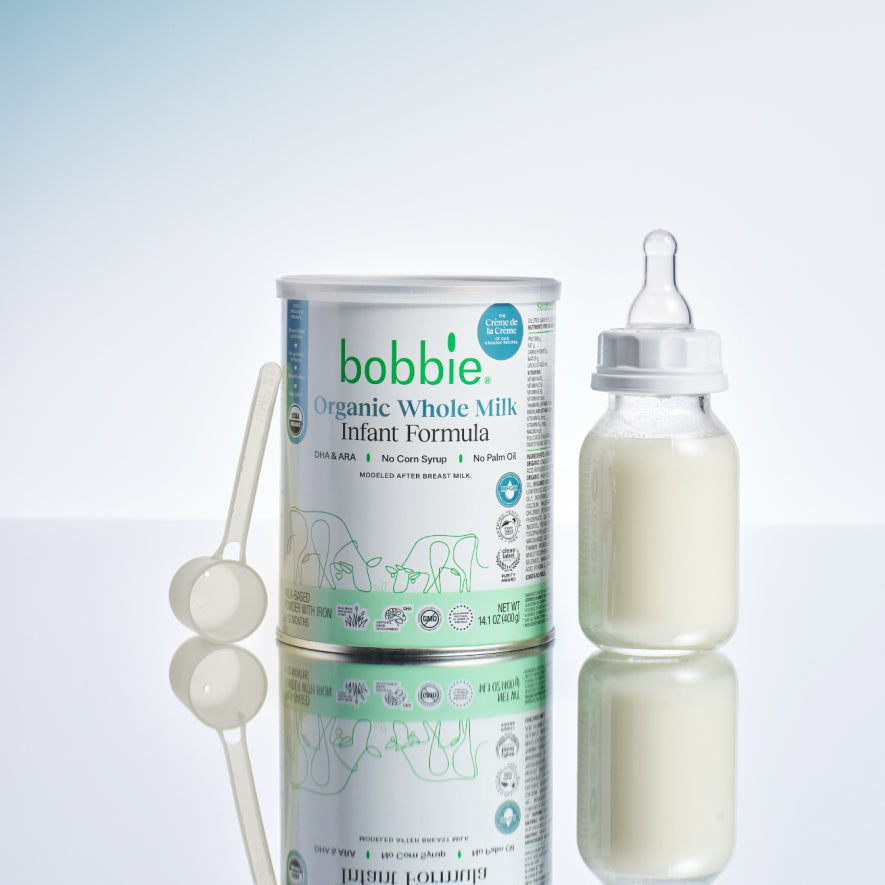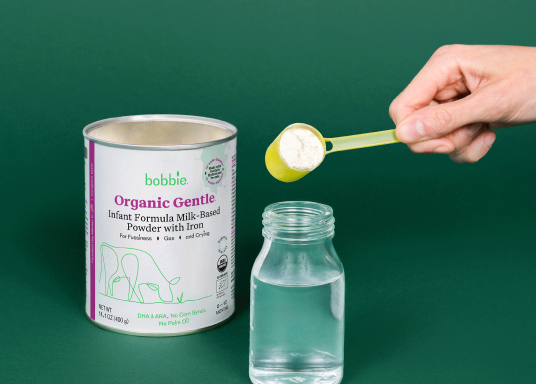Published October 3, 2025

What Is a Birth Plan? A Step-by-Step Guide for Expecting Parents
If you’re preparing to give birth, it might feel like a swirl of nerves and excitement — but you’re not alone, and you’re already doing great. One helpful way to feel more confident and prepared is by creating a birth plan. Think of it as a simple yet powerful tool that helps you communicate your preferences for labor, delivery and those first precious moments after birth.
There’s no one-size-fits-all approach to giving birth, and a plan helps your support team understand what matters most to you. Read on to learn how to build a birth plan that fits your unique journey, with easy tips to make the process smooth and stress-free.
Birth Plans 101: Defining Your Preferences and Preparing Early
A birth plan is a written summary of your preferences for labor, delivery and the immediate postpartum period. It’s not a binding agreement or a strict checklist; instead, think of it as a communication tool that helps you share what’s important to you with your healthcare team and support system. Your birth plan can be as simple or detailed as you’d like, and it’s entirely customizable to your needs — whether you have:
-
Specific medical considerations
-
Emotional support preferences
-
Feeding plans for your baby
A birth plan is a space to make your wishes known and help everyone work together toward the best possible experience.
Why Make a Birth Plan?
Creating a birth plan can ease some of the stress that naturally comes with preparing for labor and delivery. By thinking through your options ahead of time, you’ll feel more confident and in control when the big day arrives.
A birth plan also opens the door to meaningful conversations with your healthcare provider and birth partner, helping everyone understand your preferences and priorities. Most importantly, it sets the foundation for a more personalized, respectful birth experience — one where your voice is heard and your choices are honored whenever possible.
When To Start Creating a Birth Plan
It’s a good idea to begin working on your birth plan during the second trimester or early in your third trimester. Starting early gives you plenty of time to explore your options, ask questions and have thoughtful conversations with your healthcare provider and support team.
You’ll also be able to revisit and revise your plan as your pregnancy progresses and your preferences become clearer.
Meet the first and only USDA organic infant formula manufactured in the U.S.! Bobbie Organic Whole Milk Formula offers complete nutrition for baby's first year with our closest to breastmilk recipe.
Shop Organic Whole Milk Infant Formula

What To Include in Your Birth Plan
There’s no one “right” way to approach your birth plan — just what feels right for you and your family. Here are a few areas you might want to cover:
Labor Preferences
Start by thinking about where you’d like to give birth — whether that’s a hospital, birth center or at home. You can also note who you want in the room for support, from your partner or a doula to a close friend or a family member.
Other details might include how you’d like the environment to feel: Would you prefer dim lighting, calming music or the option to move around freely?
Pain Management
There are many pain relief options available, including:
-
Epidurals
-
Nitrous oxide
-
IV medications
-
Natural coping techniques (e.g., breathing, massage, and hydrotherapy)
Your hospital or birthing center may have specific offerings, so be sure to ask what’s available and note all your preferences in your plan.
Delivery Preferences
Think about what positions you’d prefer for pushing and how you feel about possible interventions like vacuum assistance or forceps. It’s also wise to include preferences for an unplanned cesarean, such as whether you want your partner present, if you’d like music playing, or if you’d prefer a clear drape so you can see the delivery.
Post-Birth Plans
This is your time to express your wishes for the “golden hour” — the first hour after birth. Many parents request immediate skin-to-skin contact, delayed cord clamping, or have preferences for how the placenta is handled. You can also outline your choices for your baby’s first bath, the administration of eye ointment or Vitamin K and your feeding plans.
Your Step-by-Step Guide To Making a Birth Plan
Creating a birth plan doesn’t have to feel overwhelming. Follow these simple steps to get started:
Talk to your healthcare provider: Talk openly with your OB-GYN or midwife about your preferences and any questions you have. They can walk you through what’s realistic based on your health, baby’s needs and delivery location.
Explore hospital or birthing center policies: Every place is different. Ask about policies on visitors, pain management, and newborn care so you know what’s available and can tailor your plan accordingly.
Research birthing and newborn care options: Look into different birthing techniques, delivery options and newborn care practices. Understanding your choices helps you feel more informed and in control.
Draft your preferences using a birth plan template: Use a birth plan template — like this one from Babylist — to keep everything clear and organized. Bullet points or short sections work great!
Share and review the plan with your team: Once you’ve drafted your plan, review it with your provider and support team so everyone’s on the same page when the big day arrives.
Sign up to get the scoop on feeding, sleep, poop, and so much more. By singing up for email, you are to receive marketing emails from Bobbie and can manage your email preferences or unsubscribe at anytime

Your go-to resource for all things new baby.
Birth Plan FAQs
Still have questions about creating your birth plan? Here are answers to some of the most common concerns expecting parents have as they prepare for labor and delivery:
Can birth plans change during labor?
Yes, and that’s relatively common. Birth plans are meant to guide your care — not lock you into a specific path. Labor can be unpredictable, and being flexible helps ensure you and your baby get the safest care no matter what.
What should I avoid putting in my birth plan?
Avoid overly rigid language or listing demands that might not be possible in a medical setting. Instead of saying “no epidural under any circumstances,” try “I’d like to avoid an epidural, if possible.” Keep your tone collaborative, and focus on your preferences rather than absolutes.
How long should a birth plan be?
Aim for one page, or two at most — where bullet points or short statements work best. A concise plan with clear sections is easier for your care team to review quickly, especially during labor.
Do hospitals and doctors actually read birth plans?
Yes, especially when they’re clear, realistic and shared ahead of time. Discuss your plan during prenatal visits, and bring a copy to your birth location so your team is familiar with your preferences.
How many copies should I bring?
Bring at least three for reference, one each for your:
-
Medical chart
-
Nurse or midwife
-
Partner or support person
Having extras on hand never hurts!
Can I include mental health preferences in my birth plan?
Absolutely. If you have a history of anxiety, depression or trauma, noting this can help your team provide more thoughtful, supportive care. You can also include requests for a calm environment, specific language or extra emotional support.
Is it too late to write a birth plan at 36 weeks?
Not at all! While starting earlier gives you more time to prepare, it’s never too late to make your preferences known. Even a short, simple plan can make a meaningful difference.
What if my birth preferences conflict with hospital policies?
It’s best to discuss any concerns with your provider in advance. They can explain what’s possible and help you find safe, respectful compromises that honor your wishes while aligning with hospital protocols.
Trust Yourself, Trust Your Plan
Every birth is different, and that’s exactly how it should be. Your preferences matter — whether they stay the same or shift in the moment. A birth plan isn’t a checklist or a promise; it’s a helpful guide to ensure you feel heard, supported and prepared as long as everything is going smoothly for you and your baby. Trust yourself, trust your care team and know that you’re doing an amazing job.
Bobbie is here to support you through every step of the journey. Whether you're looking for helpful resources for pregnancy and new parenthood or a trusted infant formula to nourish your little one, we’ve got you covered.
Shop Bobbie Organic Whole Milk Infant Formula, or dive into more real-talk parenting resources today.
The content on this site is for informational purposes only and not intended to be a substitute for professional medical advice, diagnosis or treatment. Discuss any health or feeding concerns with your infant’s pediatrician. Never disregard professional medical advice or delay it based on the content on this page.












